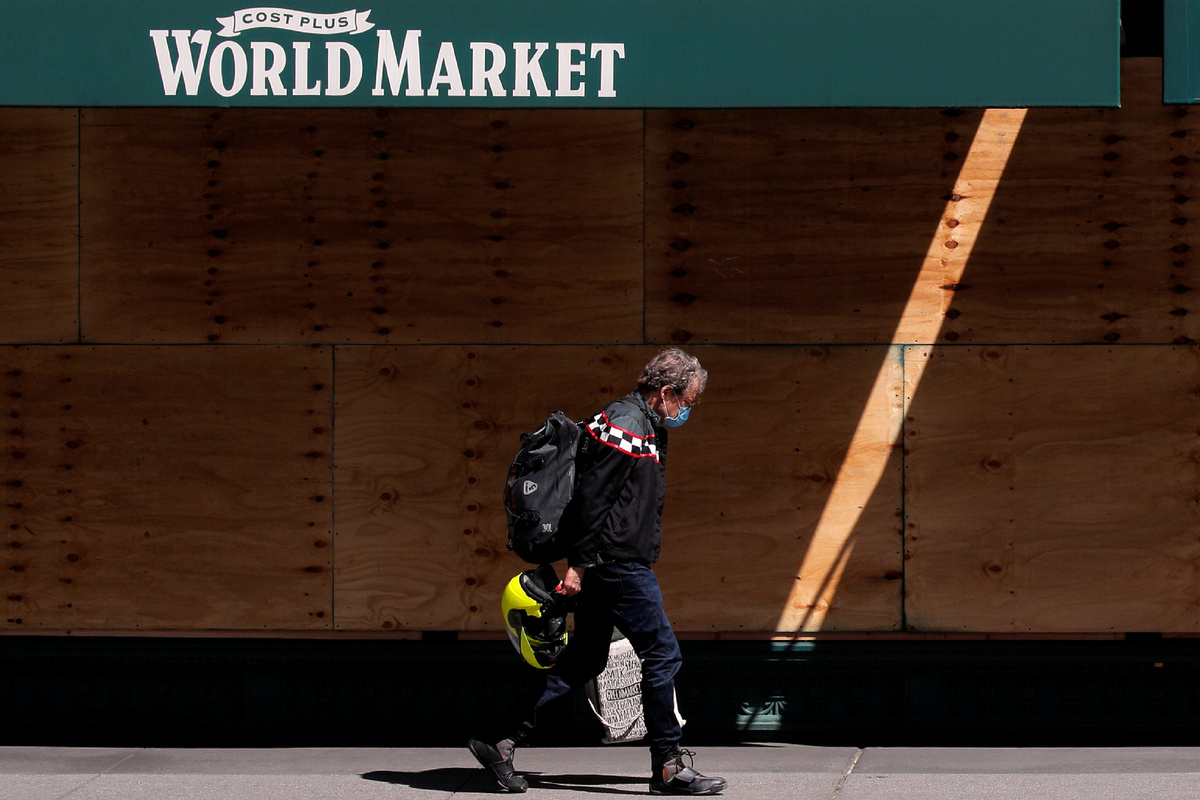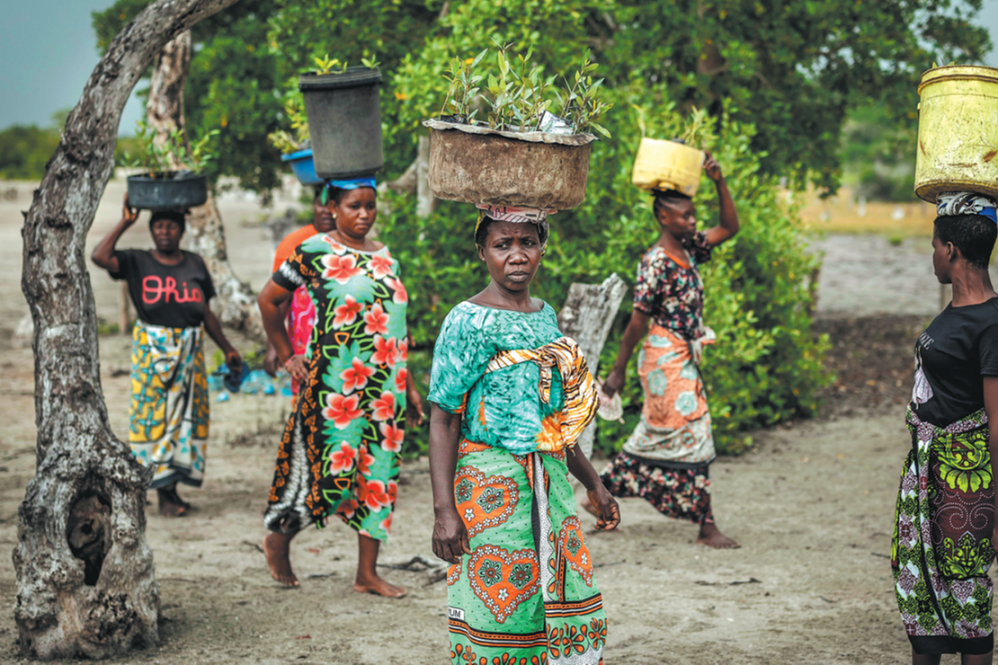Millions of lives saved by lockdowns: studies


Lockdown orders prompted by the spread of COVID-19 helped prevent roughly 60 million infections in the United States and 285 million in China, and they averted approximately 3.1 million deaths across Europe, according to two studies published by the British scientific journal Nature.
The findings come as parts of the US that had previously avoided being hard hit by the novel coronavirus are experiencing record-high new numbers of infections, according to data from The Washington Post.
Since the start of June, 14 states and Puerto Rico have recorded their highest-ever seven-day average of new coronavirus cases since the pandemic began, according to the Post. The states are Alaska, Arizona, Arkansas, California, Florida, Kentucky, New Mexico, North Carolina, Mississippi, Oregon, South Carolina, Tennessee, Texas and Utah.
As of Tuesday, according data from Johns Hopkins University, in the US there have been 1.9 million confirmed cases and more than 111,000 deaths, with at least 518,000 people recovering from the virus. Globally, 7.1 million cases have been detected, with more than 408,000 deaths and 3.3 million people now recovered.
On Tuesday, New Jersey Governor Phil Murphy lifted a stay-at-home order that had been in place since March 21. Outdoor dining and indoor nonessential retail will be able to resume Monday as New Jersey enters stage two of reopening. Barber shops and salons will be allowed to open June 22, followed by personal care, gyms and fitness centers "as the state progresses", according to Murphy's new order.
US retailers will close 20,000 to 25,000 stores this year, according to projections released Tuesday by Coresight Research, with as many as 60 percent of those closures occurring in malls. That is a sharp increase from the 15,000 forecast earlier this year.
The World Health Organization (WHO) clarified Tuesday that people infected with the novel coronavirus but not showing symptoms of the disease it causes, COVID-19, can and do pass it on to others. But WHO said it still doesn't know how common that form of transmission is.
The United Nations agency responded one day after a top WHO expert, Dr Maria Van Kerkhove, said transmission of the coronavirus by people who don't have symptoms is "very rare", but then said Tuesday it was a "misunderstanding" to say asymptomatic transmission is rare globally.
Van Kerkhove made the original comment during a WHO online news conference. "I was just responding to a question; I wasn't stating a policy of WHO or anything like that," she said.
The two studies published simultaneously in Nature on Monday were done at the University of California, Berkeley, and Imperial College London.
The two reports used completely different methods to reach similar conclusions. They suggest that the aggressive and unprecedented shutdowns, which caused massive economic disruptions and job losses, were effective at halting the exponential spread of COVID-19.
In discussing their findings online Monday with reporters, leaders of the two research teams said challenges existed in crafting their models and thus there are uncertainties in the final estimates.
Ian Bolliger, one of the Berkeley researchers, acknowledged the difficulty in obtaining reliable numbers for coronavirus infections given the haphazard pattern of testing. Both research teams said the peer review process had made their findings more robust.
The study done by the Berkeley team estimated how 1,717 interventions, such as stay-at-home orders, social distancing measures, business closings and travel bans from January through April 6 affected the spread of the virus in six countries: China, South Korea, Italy, Iran, France and the US.
The study said that emergency COVID-19 policies prevented or delayed roughly 530 million total coronavirus infections across all six countries. The researchers didn't estimate how many deaths might have been prevented.
The study's lead author, Solomon Hsiang, a professor and director of the Global Policy Laboratory at UC Berkeley, said in a press release Monday: "Without these policies employed, we would have lived through a very different April and May."
His team estimated that, in the initial days after the virus was seeded in each country, and before the shutdowns, the number of infections was doubling every two days.
The second study, published by epidemiologists at Imperial, examined deaths across 11 European countries. It said that lockdown orders and school closures in response to the pandemic may have averted about 3.1 million deaths through early May in Austria, Belgium, Denmark, France, Germany, Italy, Norway, Spain, Sweden, Switzerland and the UK.
The study suggests that across those countries, between 12 million and 15 million people have been infected with the coronavirus through May 4, representing between 3.2 percent and 4 percent of the population.
"It is clear to us that non-pharmaceutical interventions — such as lockdown and school closures — have saved about 3.1 million lives in these countries," said Seth Flaxman, a senior lecturer in mathematics at Imperial who worked on the study, in a press release Monday.
The overwhelming majority of people remain susceptible to the virus, said Samir Bhatt, senior author of the Imperial study. Only about 3 percent to 4 percent of people in the countries being studied have been infected to date, he said.
"This is just the beginning of the epidemic: we're very far from herd immunity," Bhatt said Monday in an email. "The risk of a second wave happening if all interventions and precautions are abandoned is very real."

































